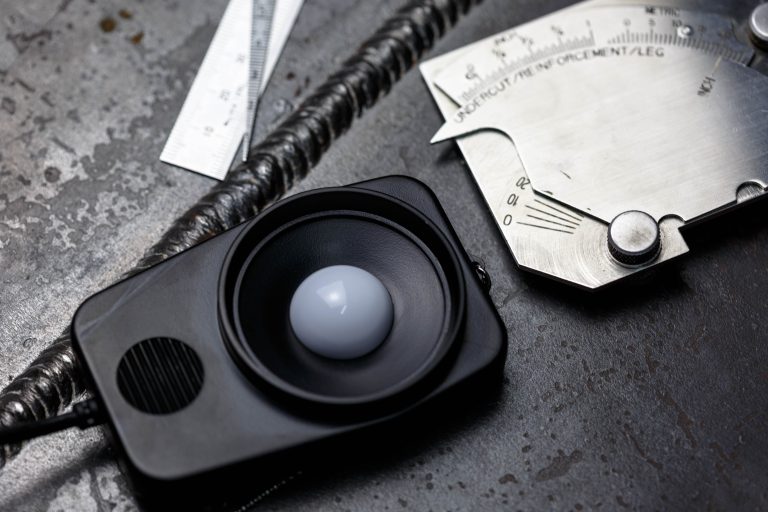Flexible Learning with Hands-On Experience!
Our Visual Testing Hybrid Course is designed to offer a perfect balance between online convenience and practical, hands-on training. Start with a comprehensive online learning module where you’ll gain in-depth knowledge of visual testing techniques, standards, and best practices. Once the online portion is completed, you’ll attend hands-on training with our expert instructors, giving you the opportunity to apply what you’ve learned in real-world scenarios.
Why Choose the Hybrid Course?
- Flexible online learning that fits your schedule
- One full day of immersive, in-person training with experienced professionals
- Apply your skills using the latest tools and techniques
- Ideal for both new and experienced professionals seeking certification
By combining self-paced online learning with essential hands-on training, our hybrid course ensures you are fully equipped with both the theoretical knowledge and practical skills needed to excel in visual testing. Enroll today to advance your career and sharpen your expertise in this critical inspection method!
Visual Testing Level I / II
Course Length: 24 hours
Cost: $700
What’s Included:
- Full access to the online course
- Visual Testing Classroom Training book
Instructor Support: Get assistance from an ASNT Level III expert whenever you need it.
Flexible Learning: Study on your own time and pace with our on-demand format.
Hands-on Experience: Enjoy a full day of in-person training at our Baxter, MN facility for practical, real-world experience.
Certification: Upon successful completion, you’ll receive a Certificate of Completion that meets or exceeds ASNT SNT-TC-1A, CP189, and ASNT CP-105 requirements.
Visual Testing (VT)
The integrity of most components are verified principally by visual testing. Even for components required to be inspected using other nondestructive testing methods, visual testing is by far the most important NDT method. Therefore, visual testing is of the first order of importance. Many codes and other standards require components to be accepted by visual testing prior to the performance of any other nondestructive testing method. The most extensively used of any method of nondestructive testing method, visual testing is easy to apply, quick, and often requires no special equipment other than good eyesight and some relatively simple and inexpensive tools compared to equipment needed for other NDT methods.
Despite the many advantages of visual testing, a major disadvantage is the need for an experienced inspector who has considerable experience and knowledge in many different areas which encompass visual testing. The VT technician must be familiar with materials, drawings, codes, specifications, weld procedures, performance qualification, procedure qualification requirements, workmanship standards, and all other aspects of good practice in shop and field.

Visual Testing Level I/II Course:
This training program was developed to instruct students on the fundamental basics of Visual Testing principles and theory. Students will be instructed in topics such as fundamentals of vision, lighting and material attributes, use of visual inspection tools and gauges, and visual testing procedures and codes.
This is an 24-hour course which satisfies the training hours needed for Level I and II certification in accordance with SNT-TC-1A and ANSI/ASNT CP-189.
Please call if you have any questions: 218-851-8347
